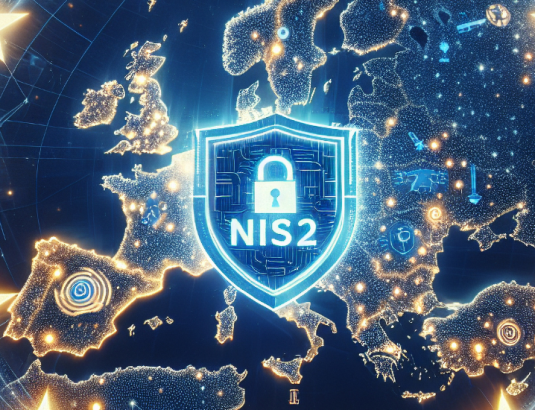


Business Holistic Transformation through the hybrid cloud
In the realm of digital reinvention, the term “holistic transformation” is gaining prominence. But what does it truly mean, and why is it so crucial for modern businesses?
Holistic transformation goes beyond mere technological upgrades or the implementation of new digital tools. It encompasses a complete overhaul of an organization’s processes, culture, strategies, and even its very ethos. It’s about viewing the organization as a cohesive whole, where every element is interconnected and interdependent.
1. Comprehensive Strategy:
A holistic transformation begins with a comprehensive strategy that addresses every facet of the organization. This means not only updating IT infrastructure but also rethinking business models, redefining customer engagement strategies, and even reassessing the company’s mission and vision. It’s about aligning every aspect of the business with the digital age’s demands.
2. Cultural Shift:
One of the most challenging yet vital components of holistic transformation is the cultural shift. Employees at all levels need to embrace a digital-first mindset. This involves fostering a culture of continuous learning, encouraging adaptability, and promoting a collaborative spirit. It’s about creating an environment where innovation thrives, and change is not just accepted but celebrated.
3. Customer-Centric Approach:
In the digital era, the customer is king. A holistic transformation requires businesses to place customers at the heart of their strategies. This means understanding their evolving needs, preferences, and pain points. By leveraging data analytics and customer insights, businesses can craft personalized experiences, enhancing customer satisfaction and loyalty.
4. Ecosystem Integration:
No business operates in a vacuum. A truly holistic transformation recognizes the importance of the broader ecosystem. This involves forging strategic partnerships, collaborating with industry peers, and even engaging with competitors in some cases. By tapping into the broader ecosystem’s strengths, businesses can drive innovation and stay ahead of the curve.
5. Continuous Evolution:
The digital landscape is ever-evolving. As such, holistic transformation is not a one-time project but an ongoing journey. It requires businesses to stay agile, continuously assessing their strategies, and making necessary adjustments. It’s about being proactive, anticipating future trends, and adapting accordingly.
In the broader context of digital transformation, the hybrid cloud is a beacon of change. It challenges businesses to think differently, to be more forward-thinking, and to embrace a culture of continuous innovation. As organizations look to the future, the hybrid cloud will undoubtedly play a pivotal role in shaping their growth trajectories, ensuring they remain competitive, resilient, and ready for whatever comes next.




